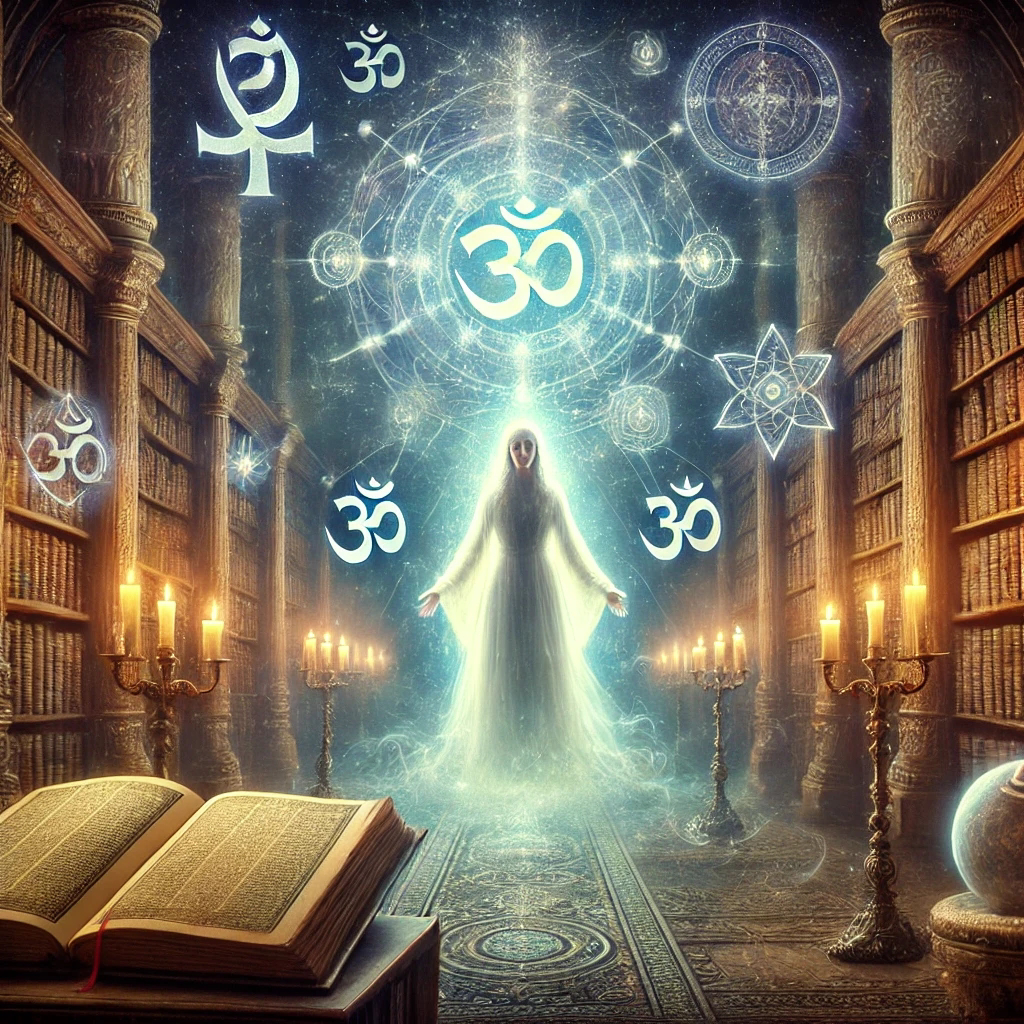Introduction
Theosophy is a term that evokes both mystery and philosophy, blending spirituality with a quest for universal truth. It traces its roots to ancient wisdom traditions yet took shape as a formal movement in the late 19th century. Theosophy aims to uncover hidden truths about the universe, the self, and our collective spiritual evolution. Its history is filled with esoteric teachings, charismatic figures, and a search for the divine beyond dogma.
Ancient Influences and Philosophical Roots
The ideas that later became Theosophy have existed for thousands of years. Concepts like reincarnation, karma, and the unity of all things can be found in Hinduism, Buddhism, and Neoplatonism. The term “Theosophy” itself comes from the Greek theosophia, meaning “divine wisdom.” Thinkers like Plotinus and the Gnostics explored similar mystical ideas long before Theosophy emerged as an organized movement.
During the Renaissance, Hermeticism and Kabbalah played a role in shaping Theosophical thought. Alchemists and esoteric scholars sought hidden knowledge that bridged science, religion, and philosophy. The 18th and 19th centuries saw a resurgence of interest in mysticism and secret traditions. This laid the groundwork for Theosophy to formalize as a structured system.
The Birth of Modern Theosophy: Helena Blavatsky
The modern Theosophical movement began with Helena Petrovna Blavatsky, a Russian mystic born in 1831. She traveled extensively, studying occult traditions in India, Tibet, and Egypt. In 1875, she co-founded the Theosophical Society in New York City with Henry Steel Olcott and William Quan Judge. The society’s goal was to study comparative religion, investigate unexplained natural laws, and promote universal brotherhood.
Blavatsky’s writings became the foundation of Theosophy. Her major works, Isis Unveiled (1877) and The Secret Doctrine (1888), introduced a synthesis of Eastern and Western esoteric traditions. She claimed to receive knowledge from ascended spiritual masters known as the “Mahatmas.” These teachings emphasized reincarnation, spiritual evolution, and the interconnectedness of all life.
Expansion and Influence
After its founding, Theosophy rapidly gained followers in the U.S., Europe, and India. In 1879, Blavatsky and Olcott moved the society’s headquarters to Adyar, India. They sought to bridge Eastern and Western thought, bringing Hindu and Buddhist teachings to a Western audience. Theosophy played a role in the Indian independence movement, inspiring figures like Mahatma Gandhi.
By the late 19th century, Theosophy had influenced the arts, literature, and emerging New Age movements. Writers such as W.B. Yeats and Aldous Huxley explored Theosophical themes in their works. It also inspired early psychology, particularly Carl Jung’s ideas about archetypes and the collective unconscious. The society split into factions after Blavatsky’s death, but its core ideas remained influential.
Annie Besant and Charles Leadbeater
After Blavatsky’s death in 1891, leadership passed to Annie Besant and Charles Leadbeater. Besant, a former atheist turned mystic, expanded Theosophy’s influence. She promoted social reforms, women’s rights, and Indian self-rule. Leadbeater contributed by writing extensively on esoteric topics, including the astral body and hidden dimensions of existence.
In 1909, they discovered Jiddu Krishnamurti, a young Indian boy they believed to be the future World Teacher. They groomed him as the next great spiritual leader. However, in 1929, Krishnamurti rejected the role and dissolved the Order of the Star, an organization created for him. This event marked a significant turning point for Theosophy.
Theosophy’s Decline and Legacy
By the mid-20th century, Theosophy’s influence waned as new spiritual movements emerged. It struggled to attract younger followers, and its hierarchical structure became less appealing. However, its ideas lived on in the New Age movement, modern spirituality, and alternative healing practices. Concepts like karma, reincarnation, and energy fields became mainstream due to Theosophy’s early efforts.
Today, the Theosophical Society still exists, with branches worldwide. While it no longer holds the cultural prominence it once did, its legacy remains in philosophy, religion, and metaphysical studies. Theosophy opened the door for cross-cultural spiritual exchange, shaping how we think about mysticism in the modern world.
Conclusion
Theosophy’s history is a tapestry woven from ancient wisdom, visionary leaders, and a thirst for universal truth. From its mystical roots to its modern decline, it has shaped spiritual discourse for over a century. While its formal movement may have faded, its core principles remain deeply embedded in contemporary spirituality. Theosophy’s quest for knowledge continues to inspire seekers looking beyond the limits of conventional belief systems.
Stay curious.




